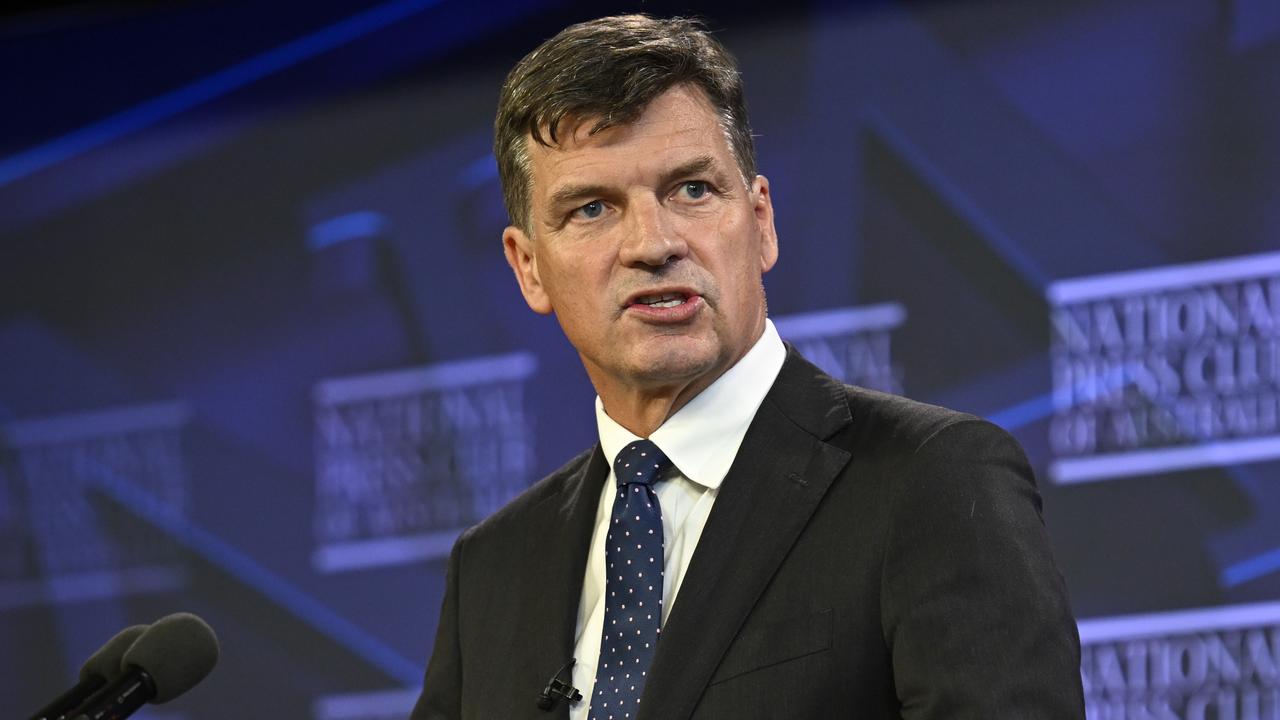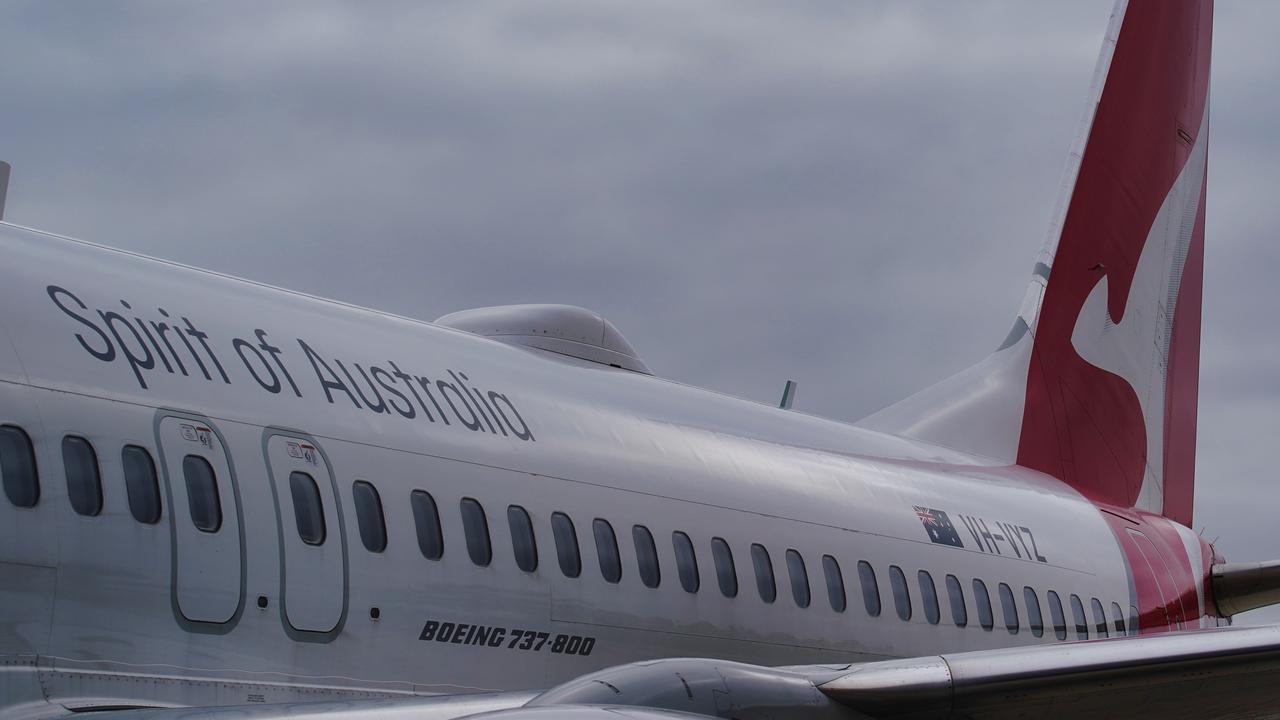Major General John Cantwell: How and why did the US bomb a hospital?
UNDER cover of darkness, the US repeatedly bombed a hospital. 22 doctors, nurses and patients are dead. For some reason, hardly anyone’s talking about it.
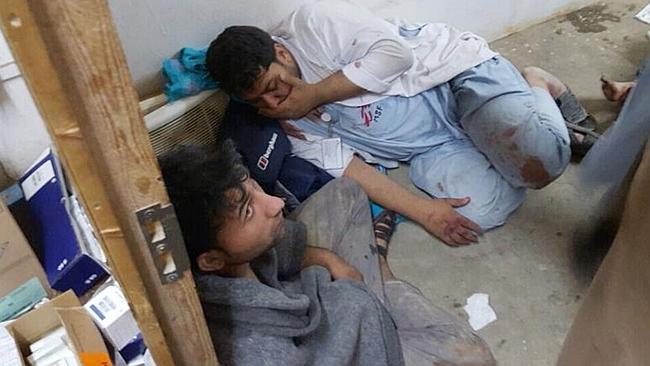
IT WAS the stuff of nightmares.
About 2am last Saturday, an American aircraft began attacking a hospital in Kunduz, Afghanistan, run by the humanitarian group Médecins Sans Frontières (MSF, or Doctors Without Borders). At least twenty-two doctors, nurses and patients, including 3 children died in the strike, with many burning in their beds.
It’s a scandal that’s rocked the Obama administration, with the president issuing a rare apology on Wednesday. MSF has gone so far as to call it a war crime, and UN High Commissioner for Human Rights said the attack was “utterly tragic, inexcusable, and possibly even criminal.”
So how could something like this happen?
The official account of what happened in Kunduz last Saturday has been conflicting and inconclusive, with some details still emerging.
It appears that Afghan troops were engaged in a firefight with Taliban fighters in the vicinity of the building being used as a hospital by MSF, in the centre of the city.
We have been told that the Afghan forces asked for support from their US advisers. Although most foreign ground troops withdrew from the country last year, the Afghans can still call on American and NATO drones and combat aircraft. The mission went to an American AC-130 gunship, an armed version of the Hercules transport planes familiar to many Australians from disaster relief operations. AC-130s are close support aircraft, bristling with weapons.
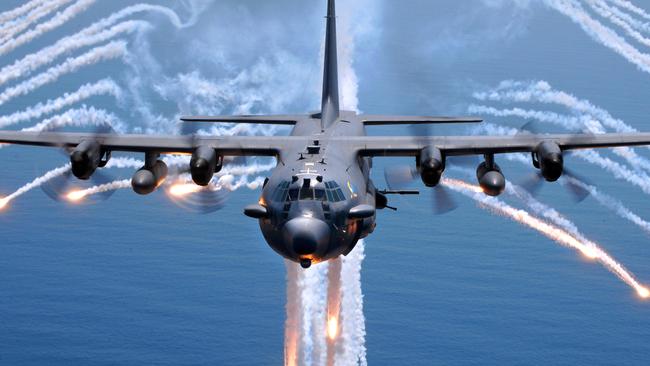
HOW DID THIS HAPPEN?
These gunships orbit a target at low level, so that on-board aiming systems point the weapons into the centre of the circle, at the target. The aircrew receive targeting information from a controller, usually on the ground.
It is possible that government and Taliban forces in Kunduz were fighting so close to the hospital that it was caught up in the fire from the American plane. However, the images available seem to show that the hospital was the intended target.
Perhaps the controller directed the attack onto the wrong building. A combat zone is a place where mistakes are the norm rather than the exception and things rarely go as planned, sometimes with deadly outcomes. But it is unlikely that the ground controller, probably a US Special Operations soldier, would make such a gross error and then fail to correct it over repeated strikes. Reports that there were several attacks on the hospital over a period of up to an hour are consistent with an AC-130 conducting multiple passes, in response to deliberate directions from the ground.
Another scenario is that the building was targeted because it was being used by the enemy. MSF has forcefully rejected the proposal that Taliban fighters were firing from the hospital, and so far there is no evidence to contradict them.
If the hospital building was deliberately targeted, it is possible that military commanders were unaware that it was a medical facility. MSF say they provided the coordinates of the hospital to all the involved security forces; this is routine procedure in combat zones. The ability of the ramshackle Afghan security forces to properly acknowledge and respect such information is doubtful. Western forces should be much more accountable in this regard.
It is therefore possible that, despite the complexities of night fighting in a dense urban area, the local commanders knew the protected status of the hospital in Kunduz. If that was the case, they either failed to properly assess the risk of collateral damage to the hospital or knew the risks but decided to conduct the strikes anyway.
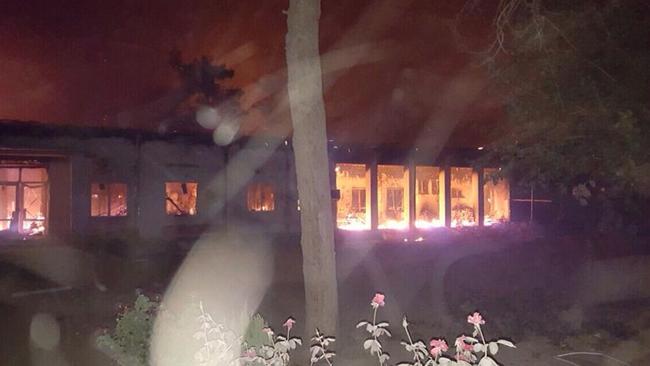
WHY DID THE STRIKES CONTINUE FOR SO LONG?
MSF personnel apparently tried telephoning contacts in Kabul, Washington and elsewhere during the strikes, to try to stop the attacks. Sadly, there was no chance that such calls could shift from civilian telephone networks to the tactical forces involved in the strike via multiple layers of political and military headquarters in any useful time frame.
The US commander in Afghanistan, General John Campbell, has conceded that American tactical commanders made the decision to attack the compound in response to a call for help from Afghan forces. He also stated that they might have broken their own rules with regards to the wider risks. An investigation is underway.

When inaccuracy, misunderstandings, incompetence or intelligence failures combine during combat operations, the losers are almost always those who simply get in the way.
In the case of the air strikes on the MSF hospital in Kunduz, we do not yet know which particular cocktail of avoidable or inevitable failures was to blame. The appalled depiction by MSF of the ghastly incident as a war crime is understandable but overstated. Murderous callousness is the least likely cause. More likely, it arose from confusion, error and poor judgment. But that will be no comfort to the colleagues and families those killed.

EVERYONE PAYS A PRICE FOR THIS TRAGEDY
The other players in this sad game were the crew of the attacking aircraft and the personnel who controlled the strike from the ground. Perhaps some will have little pity for the soldiers and airmen, but they too will pay a price for this tragedy.
I have known several servicemen who mistakenly killed others, both in combat and during military training. The knowledge that their mistake cost the lives of innocent people is a dreadful burden. Some never fully recover from the guilt and remorse.
Every action by the participants that night in Kunduz will now be picked over and analysed as part of the investigation. Even those who performed their duties to the letter, like the pilot or the men who operated the guns, will always know that they killed doctors, nurses and bedridden patients, some of whom burned to death.
Of course, the highest price was that paid by the occupants of the MSF hospital in Kunduz. Instead of a haven for the ill and injured, the building became a burning house of death. But both the victims and the perpetrators of the attack have suffered. There is more than enough misery to go around.

Major General John Cantwell (Ret.) was the Commander of Australian forces in the Middle East. He retired from the Australian Army in 2012 after 38 years of service. His new book Leadership in Action, published by MUP, is out now.

